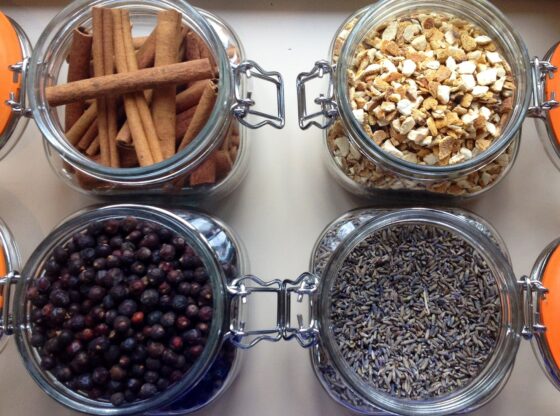
By Hendre’ Barnard, Training and Marketing Manager
Distillique Beverage (Pty) Ltd.
https://distillique.co.za
Unlike whisky which may be spelled whisky or whiskey in different parts of the world, gin is gin the world round. The name gin is derived from genièvre (French), jenever (Dutch), and ginepro (Italian), all of which mean “juniper”, and it dates as far back at the 13th century.
In most cases (Jenever being one of the exceptions) the spirit is essentially flavourless before compounds from the botanical ingredients are extracted into it. The flavours that are imparted depends on the exact ingredients added, and their relevant concentrations. The specifics of these ingredients and concentrations are a closely guarded secret in the case of commercial Gin products.
What is a Gin?
The legal and international definition of Gin is “a spirit which derives its predominant flavour from juniper”. Other ingredients that are used in some varieties of gin include aniseed, angelica root, cardamom, cinnamon, cassia root, nutmeg, orange, lemon, cucumber, etc.
In South African Legislation the Class Definition of Gin stops at the Juniper Flavoring requirement. Other countries have much more detailed definitions and multiple subcategories.
Gin (Compounded) is juniper berries and (optionally) other aromatics or their extracts, essences or flavours blended with neutral spirits
Gin (Distilled) is juniper berries and (optionally) other aromatics or their extracts, essences or flavours added to a mash prior to distillation
Gin (Redistilled) is juniper berries and (optionally) other aromatics or their extracts, essences or flavours added to distilled spirits prior or during redistillation
Gin (Liqueur / Cordial) is a juniper infused spirit blended with other components. Wine, if used, may not exceed 2½% by volume of such a finished product.
How do I make Gin?
In total there are 128 different ways to make Gin, all of which is covered in details during the Distillique W4 – Gin and Botanicals Practical Workshop, as well as the C-10 Comprehensive Distilling Course.
But regardless of the method chosen – the determining factor of the quality and taste of the Gin would be the choice of botanicals.
What Botanicals do I put in Gin?
Juniper is the only standard botanical that should always be included in Gin – the rest is open to experimentation and creative flair. Many Gin distilleries have made their name by concentrating on one specific component, or by bringing in something new or unique.
Examples of distilleries like these are Hendricks’ Gin, with their prominent Cucumber overtones, and obviously South Africa’s very own Inverroche Gin – the first distillery in the world to use Fynbos as a Botanical choice in Gin.
A rather unique choice of botanical is found on the Isle of Harris.
The folks at the Isle of Harris Distillery are applying their whisky making skills to producing a new island gin. They looked to the land and sea for the botanicals to make their newest spirit and found seaweed!
Back in the winter of 2013, the Distillery approached ethnobotanist Susanne Masters to investigate the how, where and why of ingredients to combine in their Gin. As an ethnobotanist she concentrates on the relationship between people and plants. In this case, specifically as it historically applies to life in the islands.
Starting on land, Ms. Masters considered Silverweed, Heather, Lady’s bedstraw, Meadowsweet, Bog myrtle, Sphagnum moss and clovers of white and red. Each botanical was considered carefully based on their characteristics, ecology, conservation practices and sustainable for the new gin.
Not finding a suitable and sufficiently unique botanical on land, her search moved to the waters surrounding the Island.
Seaweed harvesting has been a significant activity on the Island for decades, providing a means to fertilize the soil. One particular species, Sugar Kelp, is found in underwater forests all around the island. As expected for a seaweed, it holds a salty flavor element but crucially, as indicated by the name, it is also sweet due to the presence of a substance called mannitol (named after the biblical foodstuff manna).
And so, Sugar Kelp (scientifically called Saccharina latissima) became the focus of the distilleries’ attention. Growing in deep abundance around the shores and hand-harvested by traditional methods, it’s an environmentally friendly ingredient when taken carefully from the seas by local gatherers.
So, when surrounded by seaweed, use seaweed to make your first craft spirit gin.
When surrounded by fynbos, use fynbos.
What are YOU surrounded by?
Do not be afraid to experiment, and keep on Distilling!

